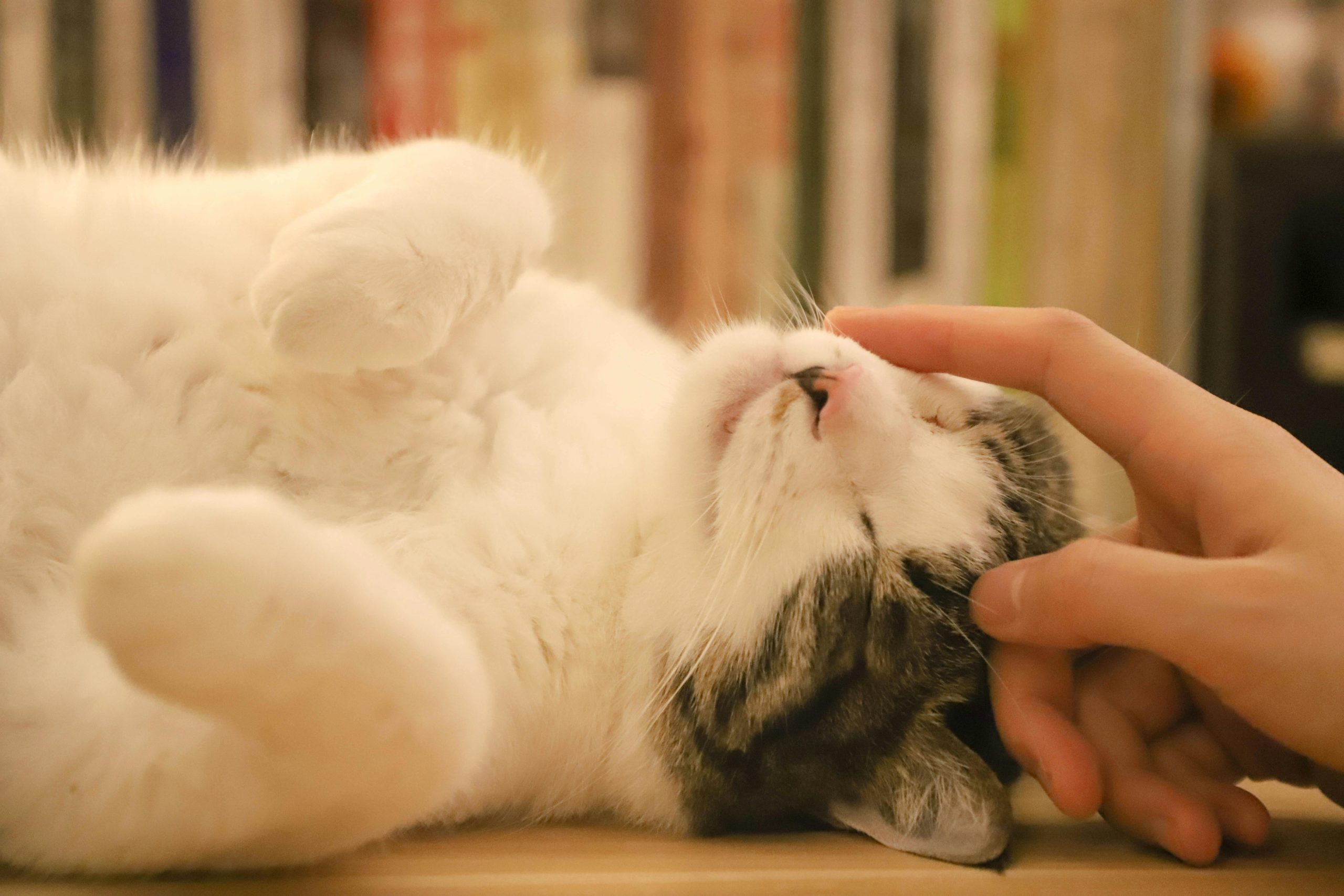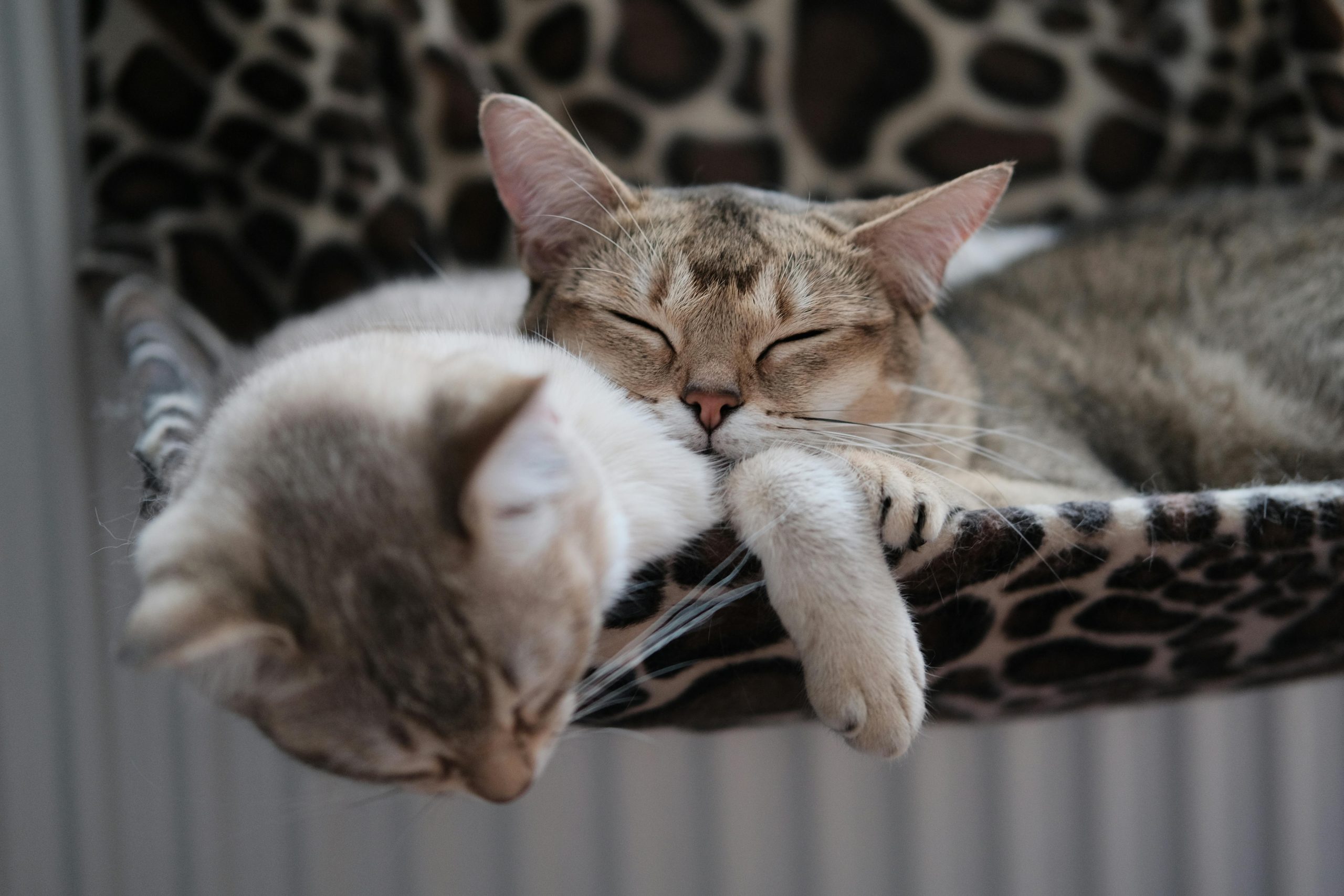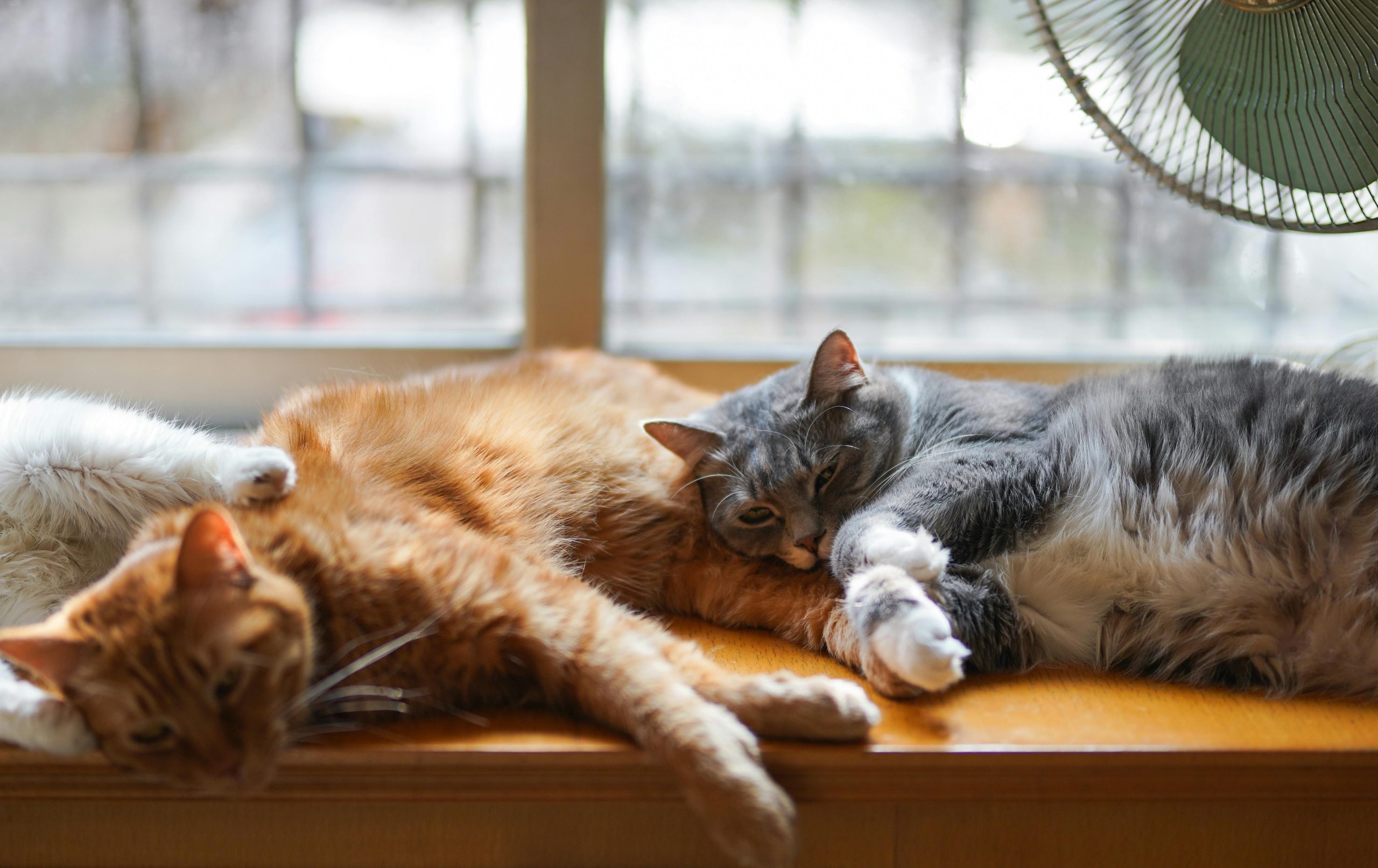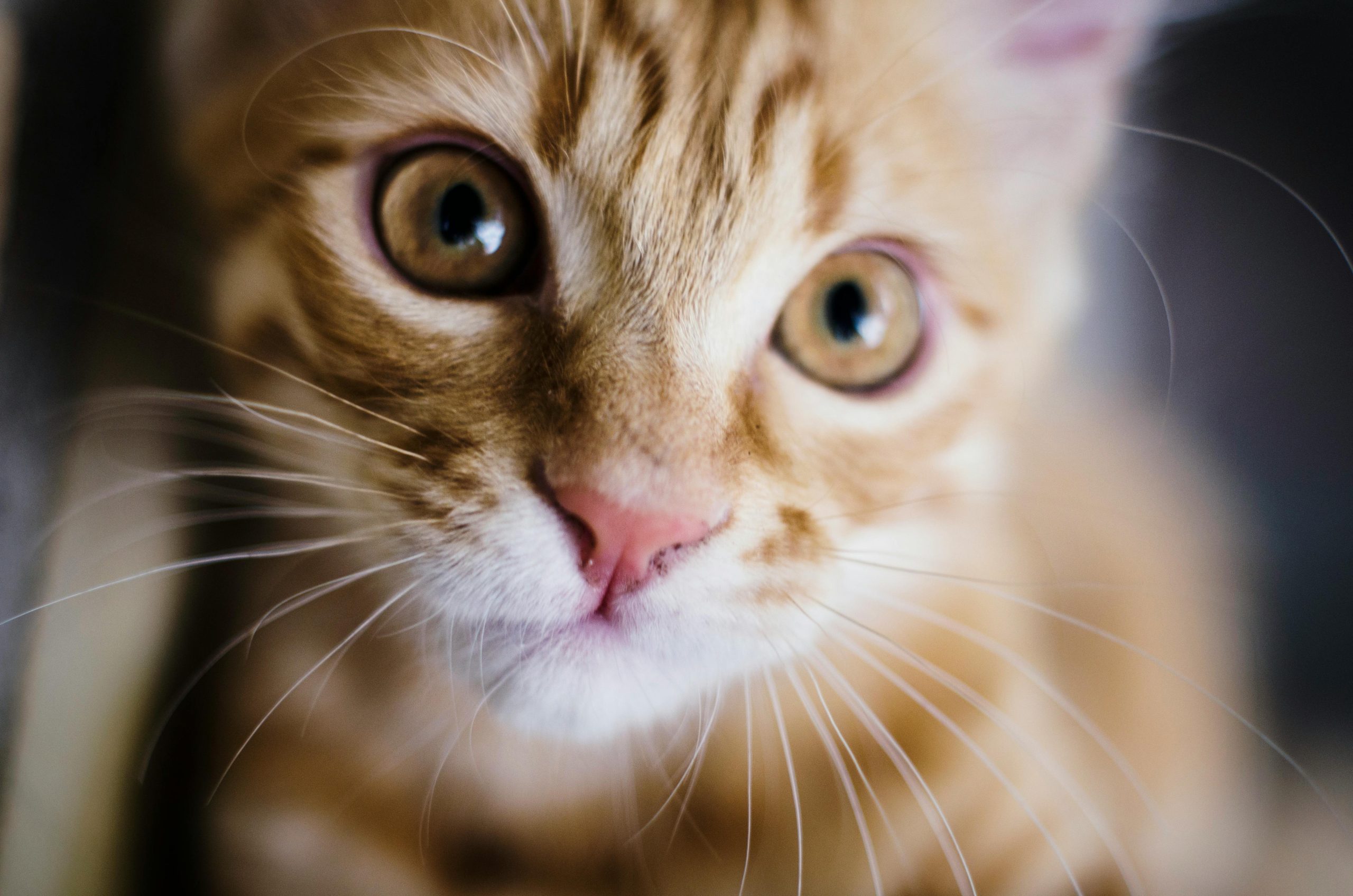1. Understanding the Importance of Apologizing to Your Cat
Apologizing to your cat is essential for maintaining a strong bond and fostering a positive relationship. Just like humans, cats can feel upset, hurt, or stressed by certain actions or situations. Recognizing when you have done something to upset your cat and offering a sincere apology can help rebuild trust and restore harmony in your relationship. Here are some key points to understand about the importance of apologizing to your cat:
- Emotional Well-being: Cats have emotions and can experience feelings of fear, anxiety, or sadness. When we apologize to our cats, it shows them that we acknowledge their emotions and care about their well-being.
- Bond Strengthening: Apologizing to your cat demonstrates your commitment to the relationship and helps strengthen the bond between you. It reassures your cat that you value their feelings and will make an effort to avoid repeating the same mistake.
- Trust Building: By apologizing, you acknowledge any actions or behaviors that may have caused your cat distress. This helps rebuild trust and establishes a foundation for open communication and mutual understanding.
- Positive Reinforcement: Apologizing to your cat reinforces positive behavior and encourages a harmonious environment. It sets an example of responsibility and respect, fostering a positive atmosphere for both you and your cat.

2. Steps to Apologize to Your Cat
When apologizing to your cat, it’s important to approach the situation with patience, understanding, and sincerity. Here are some steps to follow when apologizing to your cat:
- Observe Your Cat’s Behavior: Pay close attention to your cat’s body language and behavior to identify any signs of distress or discomfort. These signs may include flattened ears, tail flicking, hissing, growling, or withdrawing from your presence.
- Reflect on Your Actions: Take a moment to reflect on what you did or said that may have upset your cat. Think about the possible reasons behind their reaction and consider how you can avoid similar situations in the future.
- Choose the Right Time and Place: Find a quiet and calm environment where you and your cat can have uninterrupted interaction. Avoid apologizing while your cat is eating, sleeping, or engaged in play as it may not be receptive to your apology.
- Show Genuine Remorse: Approach your cat with a calm and gentle demeanor. Use a soothing tone of voice to convey your remorse. Avoid sudden movements or loud noises that may startle or stress your cat further.

- Offer Physical Affection: If your cat is comfortable with physical contact, extend your hand slowly for them to sniff. If they approach and allow it, softly stroke their fur or give them gentle chin scratches. Physical affection can help reassure your cat of your intentions.
- Use Calming Signals: Cats respond positively to calming signals, such as slow blinking or turning your body sideways. These signals can help alleviate any tension and communicate that you mean no harm.
- Provide Favorite Treats or Toys: As a gesture of apology, offer your cat their favorite treats or engage them in play with their preferred toys. This can help redirect their focus and create positive associations with the apology process.
- Monitor Their Response: Observe how your cat responds to your apology. They may show signs of forgiveness, such as approaching you, purring, or rubbing against your leg. Respect your cat’s boundaries and give them space if they still seem hesitant or uncomfortable.
- Learn from the Experience: Apologizing to your cat is not just about the immediate act but also about learning from the experience. Reflect on the situation and identify ways to prevent similar incidents in the future. This will contribute to a healthier and happier relationship with your feline companion.

3. Building a Strong Relationship with Your Cat
A strong and trusting relationship with your cat is built on mutual respect, understanding, and effective communication. While apologies are important, there are other actions you can take to strengthen your bond with your cat. Here are some strategies for building a strong relationship with your cat:
- Provide a Safe and Enriching Environment: Create a safeand stimulating environment for your cat by providing scratching posts, toys, hiding spots, and perches. This allows them to engage in natural behaviors and reduces stress.
- Establish a Routine: Cats thrive on routine, so establish a consistent schedule for feeding, playtime, and litter box maintenance. This helps them feel secure and reduces anxiety.
- Respect Personal Space: Cats value their personal space, so avoid overwhelming them with excessive attention or handling. Allow them to come to you on their terms and provide hiding spots or elevated areas where they can retreat when they need alone time.
- Positive Reinforcement: Use positive reinforcement techniques, such as treats or praise, to reward your cat for desirable behaviors. This encourages them to repeat those behaviors and strengthens the bond between you.

- Communication: Learn to understand your cat’s body language and vocalizations. This helps you respond appropriately to their needs and prevents misunderstandings or conflicts.
- Playtime: Engage in interactive play sessions with your cat using toys that mimic prey. This not only provides exercise but also strengthens your bond and channels their natural hunting instincts.
- Regular Veterinary Care: Schedule regular check-ups with a veterinarian to monitor your cat’s health and address any concerns promptly. Keeping your cat healthy contributes to their overall well-being and happiness.
- Allow for Independence: Cats are independent creatures, so give them opportunities to explore, climb, and engage in solo activities. This allows them to fulfill their natural instincts and prevents boredom.
- Patience and Understanding: Cats have unique personalities and may require time to adjust to new situations or changes. Practice patience and understanding, allowing your cat to acclimate at their own pace.
- Unconditional Love: Show your cat love and affection unconditionally. Cats appreciate gentle petting, soothing words, and spending quality time together.

Conclusion
Apologizing to your cat is an important aspect of maintaining a healthy and harmonious relationship. By acknowledging your cat’s emotions and showing sincere remorse, you can rebuild trust and strengthen your bond. Remember to approach the apology process with patience, understanding, and a genuine desire to improve. Building a strong relationship with your cat involves consistent effort, effective communication, and providing a nurturing environment. By implementing these strategies, you can create a loving and fulfilling connection with your feline companion.
Leave a Reply